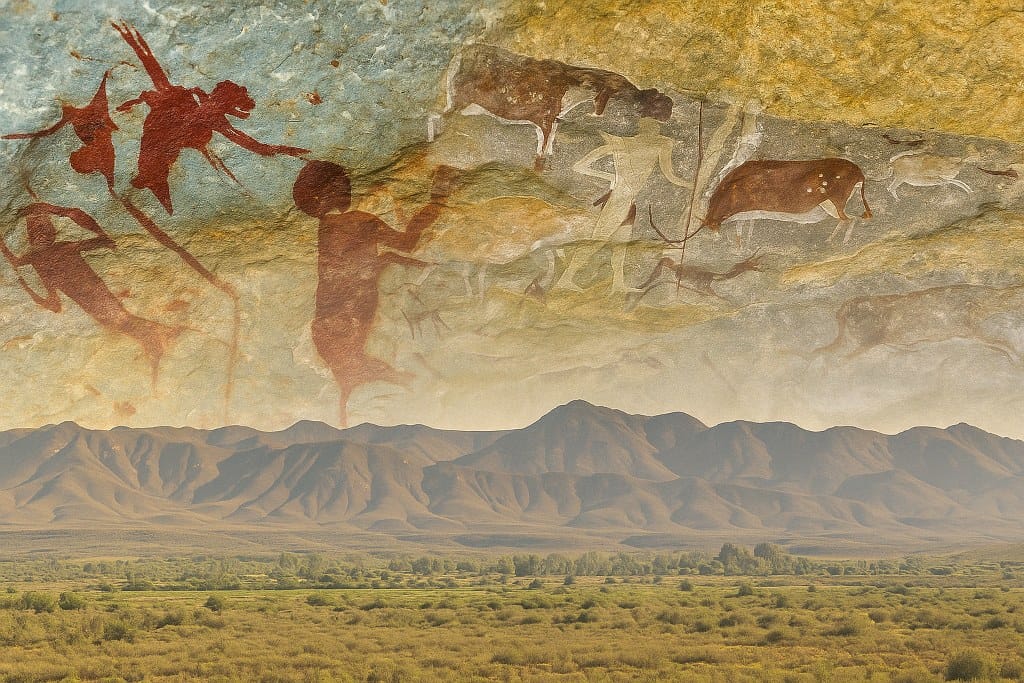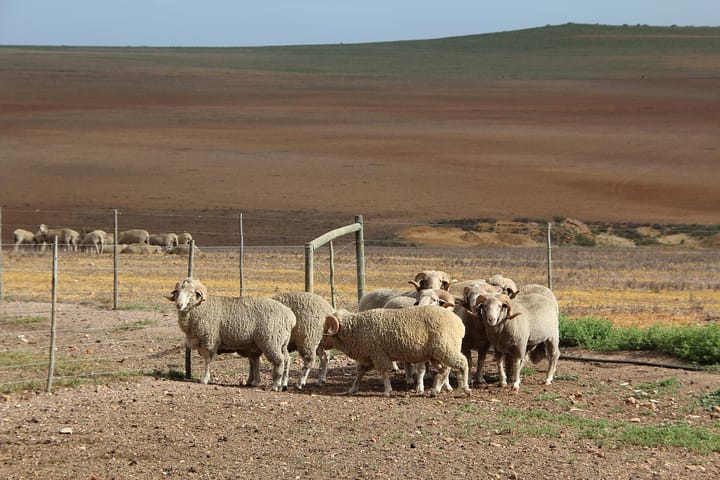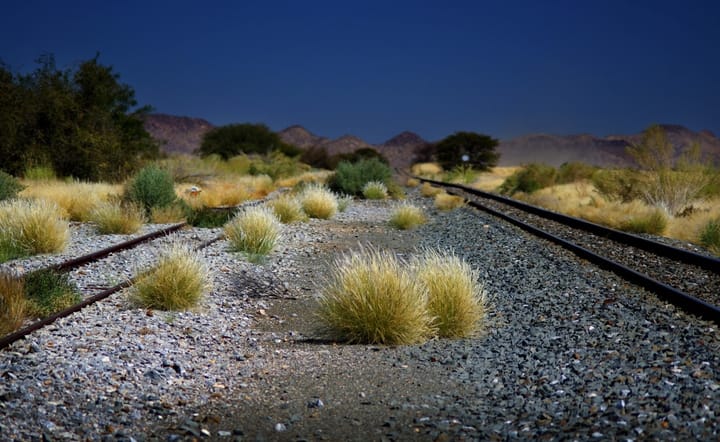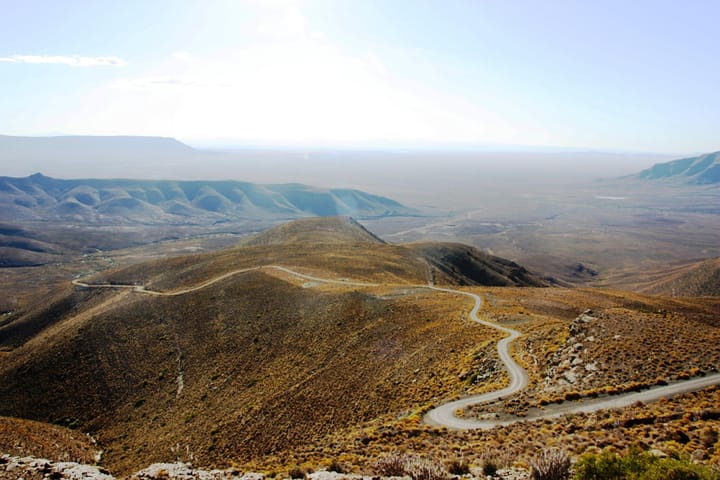Water spirits of the Karoo: how do we interpret the San's mermaid rock art?
The idea of water spirits may have emerged not just from imagination, but from memory - ancestral, geological, spiritual.

A captivating mystery endures in the waterless expanses of the Karoo: rock paintings by the San people depicting mermaid-like figures. These images, etched into stone thousands of years ago, continue to intrigue scholars and visitors alike, offering a glimpse into a rich tapestry of mythology and survival.
Echoes on the rock
San rock art is not simply decoration. It is a record of belief and survival left behind by Southern Africa’s first peoples, whose way of life endured for tens of thousands of years. The San saw the world differently. For them, the line between human and animal, spirit and landscape, was fluid. Trance, dream, and ritual were ways of seeing beneath the surface of ordinary life. In this spiritual framework, rock walls were more than surfaces, they were portals. And on some of these sacred walls in the Karoo, we find figures that resemble mermaids. Water spirits. Half-human beings associated with rivers, pools, and rainfall. They are often painted near natural water sources or where springs once emerged from the earth.
To modern eyes, they seem fantastical. But to the San, they may have been deeply real: creatures encountered in visions, spirits linked to the most precious element in the desert: water.
The sea beneath the sand
It might seem strange that aquatic beings appear in one of South Africa’s driest regions. But the Karoo is not what it seems. Roughly 280 million years ago, this land was covered by a vast inland sea. Over millions of years, the water retreated, leaving behind layers of shale, fossilized marine life, and sedimentary rock formations that still shape the landscape today. While the San would not have had geological knowledge in the modern sense, they were close observers of the land. They would have seen shell-like fossils embedded in rock, dry gullies shaped by ancient rivers, and pools that seemed to hold more than just water.
The idea of water spirits may have emerged not just from imagination, but from memory - ancestral, geological, spiritual. Some scholars, including David Lewis-Williams and Pippa Skotnes, have argued that San rock art often depicts altered states of consciousness, visions experienced during trance dances or shamanic rituals. In this view, the mermaids are not whimsical, they are visions of a deeper reality. Portals into the past, or into the unseen layers of the world.
Why it still matters
The San’s mermaid rock art challenges us to rethink how we relate to land, history, and belief. In a time when water scarcity is growing and ecological balance is under threat, these ancient images remind us that water has always been more than a resource. It has been revered and spiritually charged. To visit these sites near Oudtshoorn, guided by those who understand their cultural and historical context, is to step into a deeper time. To glimpse a worldview where water beings once swam through the dreams of desert people.
If you goWhere:Rock art sites with mermaid-like figures are located in the Eseljagtspoort area near Oudtshoorn, Western Cape.How:Access is limited and often on private land. Seek guided tours via local heritage groups or cultural tourism initiatives.What to Know:Respect for the art, its age, and its spiritual context is essential. These paintings are fragile, irreplaceable, and sacred to many.





Comments ()